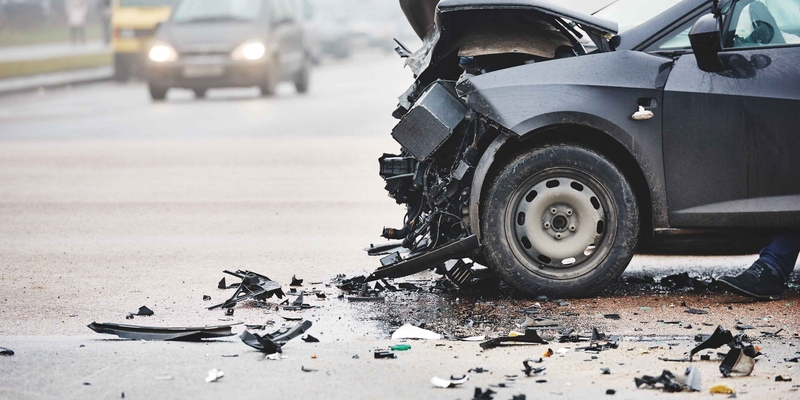
If you are not redirected within 30 seconds, please click here to continue.
Samedi: 10h – 16h HAE

If you are not redirected within 30 seconds, please click here to continue.
If you are not redirected within 30 seconds, please click here to continue.
Drastic Reduction in Auto Collision Claims in Canada in 2020: Report

- Car accident frequency declined dramatically in Canada by 50.9% in April 2020.
- Traffic-related fatalities soared in Ontario by 22% last year.
- Activated safety systems during an accident adds extra costs to repair vehicles.
According to a new report, the COVID-19 pandemic and stay-at-home orders from provincial governments throughout much of 2020 saw the number of traffic collisions in Canada drop significantly, resulting in fewer car insurance claims.
Published by Mitchell International on March 8, 2021, the report “A Look Back at 2020 Trends in Auto Insurance” states accident frequency declined dramatically in Canada by 50.9% in April 2020 compared to April 2019. Road traffic fell sharply, and “roads became ghost towns and traffic-filled, hour-long commutes were replaced by quick trips on empty freeways”, the report reads. The number of collisions nationwide were down by 20% in May, sinking to 30% fewer collisions by November before they started inching back up again once provincial lockdown orders eased.
The Ontario Provincial Police (OPP) agrees there were fewer collisions last year in Ontario (a decrease of 26%) but adds . The OPP attributes the spike in car crash deaths to careless and dangerous driving as well as speeding, impaired or distracted driving, and a lack of seatbelt use.
Don't waste time calling around for auto insurance
Use RATESDOTCA to shop around, and compare multiple quotes at the same time.
More technologically advanced vehicles equal costlier repairs
The Mitchell report also notes despite the economic impact the pandemic has had on consumers, personal vehicle usage has become more important than ever. Citing the “2021 Deloitte Global Automotive Consumer Study”, it says 83% of consumers have not altered their timelines to purchase a new vehicle or have accelerated it. While that may be welcome news to automakers, it may also suggest as traffic volumes increase over time, the number of collisions will rise as well.
Meanwhile, in a separate report published by Mitchell it’s predicted there will be a rise in accident severity due to technologically advanced vehicles. “Between 2018 and 2020, the frequency of estimates classified as ‘non-drivable’ has grown by 5.63% and the frequency of airbag deployments has increased by 22%.” When such vehicle safety systems are activated during an accident, the report states, a vehicle has a much higher likelihood of being undrivable, which adds extra costs to its repair. That, in turn, will increase the cost of collision claims, all the more reason to consider adding collision or upset coverage to your policy if you don’t already have it.
Some auto insurers are extending their rate-relief programs
The reduction in auto claims frequency last year might leave you wondering why the cost of car insurance is what it is despite the rising cost to repair damaged cars. It’s worth noting many insurers did introduce rate reductions and rebates in 2020 to help their policyholders as the pandemic took hold. Some insurers are extending their rate-relief programs into 2021, are introducing rate reductions, or have refrained from increasing premiums as more Canadians drive less and continue to work from home.
Nevertheless, it’s within every motorist’s power to adhere to safe driving principles, break poor driving habits, and avoid racking up traffic tickets or getting into a collision. That is the best way to keep your premium affordable for the type of coverage you need.
Get money-saving tips in your inbox.
Stay on top of personal finance tips from our money experts!









